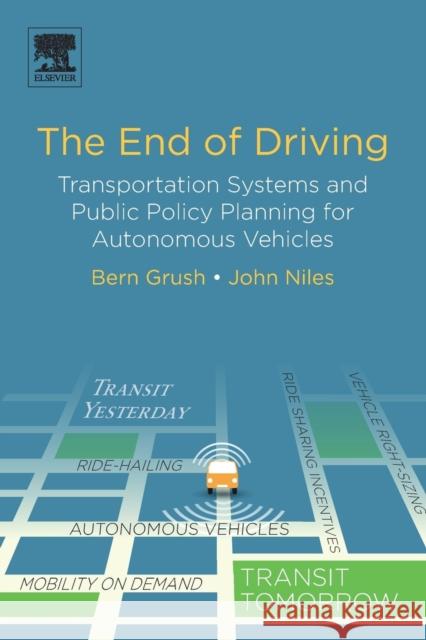The End of Driving: Transportation Systems and Public Policy Planning for Autonomous Vehicles » książka
topmenu
The End of Driving: Transportation Systems and Public Policy Planning for Autonomous Vehicles
ISBN-13: 9780128154519 / Angielski / Miękka / 2018 / 332 str.
Kategorie:
Kategorie BISAC:
Wydawca:
Elsevier
Język:
Angielski
ISBN-13:
9780128154519
Rok wydania:
2018
Ilość stron:
332
Waga:
0.45 kg
Wymiary:
22.91 x 15.19 x 1.78
Oprawa:
Miękka
Wolumenów:
01
Dodatkowe informacje:
Bibliografia
Glosariusz/słownik
Glosariusz/słownik











